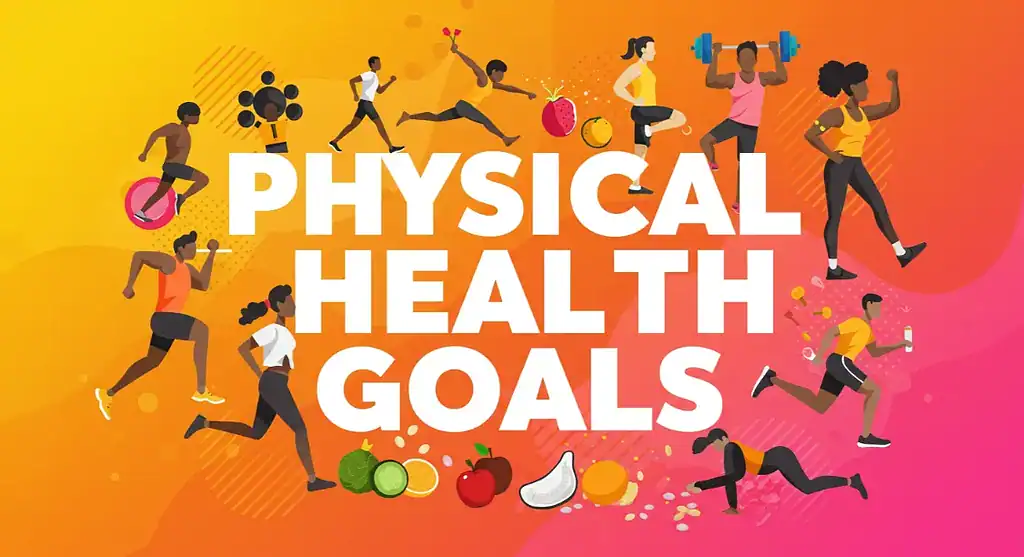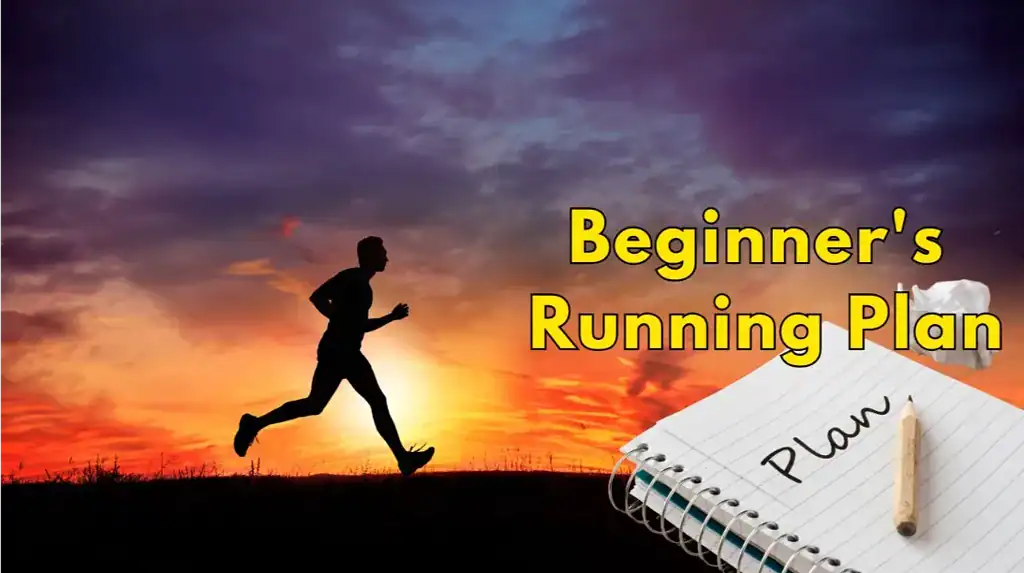If you’re thinking about going vegan, now is the time to do it. Learn how to become a vegan in 7 simple steps that will help you transition to a healthy and sustainable vegan lifestyle.
You’re ready to eat healthier. Good for you! This is a big step; getting into the groove of eating better takes time. If you’re already vegan or vegetarian, that’s awesome! You probably already know what works for you and how to make it easy on yourself in the kitchen. For some people, though, this switch can seem daunting. It doesn’t have to be. I promise: You can do this!
Here are How to Become a Vegan in 7 Simple Healthy Steps

Step 1: Get informed.
Becoming a vegan doesn’t mean that you have to give up meat completely. Rather, it’s about making changes in your diet based on your choices. If you’re interested in trying out veganism because of health reasons, that’s great! It’s never too late for anyone to start eating better and getting healthier. You don’t have to commit all at once or even permanently if you don’t want—just try different things until something starts working for you!
- First, you have to be informed. What is veganism? Veganism is a lifestyle that excludes animal use for food, clothing, and other products. This can mean not eating meat, eggs, or dairy and avoiding leather and fur.
- Second, you must ask yourself important questions about why you want to become vegan. For example: “Why am I interested in becoming a vegan?” Is it for health reasons? Do I have compassion for animals and don’t want them mistreated on farms? Or do I just believe in changing my lifestyle because there are more sustainable ways of producing food than animal agriculture, like growing crops instead of raising animals?
- Third – do some research on what foods there are available on the market today so that when the time comes, which one might suit your needs best (such as if someone makes an invitation over dinner).
Step 2: Find your reasons for eating vegan/plant-based.

You will want to make sure you have a good reason before starting. You might want to eat vegan because it’s healthier or helps the animals and the planet. There are many reasons why people choose to be vegan, and this is great! The important thing is that you do your research and find out what works for you.
However, if you have a bad reason for eating plant-based food (such as “I only eat vegan/plant-based because my friend does”), it will be harder for your mind to stick with it long-term. If someone tells me, “you should try being vegan or plant-based,” I will probably just say no thanks and keep going on with my day! I would recommend thinking about family members who have tried going plant-based before—what made them change their diets? Did they feel better after switching? Were there any negative side effects? What were the positive effects on their lifestyle/health/body image etc.?
Step 3: Figure out what you eat now and make a list.
You’re taking the first step toward a healthier, more abundant life. You’ve decided to become a vegan to increase your health and reduce environmental impact. To do this, you need to figure out where you are today.
To begin with, make a list of all the foods you eat right now: everything from breakfast to dinner and snacks in between (yes, even dessert). Make sure that every time you sit at the table or reach for something to drink, it isn’t meat-based or non-vegan. And don’t forget about food additives! Many of these contain animal derivatives such as gelatin or shellac (a resin secreted by female lac bugs), which means they aren’t vegan either.
Once your list is made up, go back through each item one by one and figure out how healthy it is for your body and how eco-friendly it is for our planet’s resources—and then decide which ones deserve an upgrade when going vegan becomes part of who you are from now on!
Step 4: Go shopping at the grocery store for plant-based staples.

When you walk into the grocery store, be prepared. Make a list of what you need and shop with that in mind. Don’t buy anything that is not on your list! This will help reduce impulse purchases, often leading to unnecessary spending and food waste.
When shopping for plant-based staples, look for the healthiest options available. Find foods with whole grains, minimal added sugar and salt, low saturated fat content (less than 1g per serving), and unsaturated fat (3g per serving). It can be helpful to refer back to our nutrition guide when choosing between two similar products at the store!
It’s also important to have variety in your diet, so you don’t get bored eating all the same things daily! For example: try buying different kinds of beans (black beans vs. chickpeas), different types of nut butter (almond vs. peanut), or different brands/varieties of tofu depending on what type best fits your needs (soft/firm versus extra firm).
Step 5: Get creative in the kitchen and prep!
Now that you’ve decided to become vegan, you’ll need to learn how to cook! To some people, cooking might sound like an intimidating process. But it doesn’t have to be. Vegan cooking can be as simple or complex as you want it to be, and the more you experiment in your kitchen, the better you will get at it.
Many vegan cookbooks on Amazon and other online bookstores can help you get started with some easy recipes from scratch. You don’t need to be a master chef either; just check out our collection of delicious and healthy recipes!
- Make a plan for the week. It’s important to have a game plan! If you’re embarking on this lifestyle change, make sure you write out your weekly meals, so you don’t get overwhelmed with what needs to be bought and cooked.
- Plan and make a list of items needed at the grocery store. This way, when it comes time to go shopping, all your ingredients will be ready and waiting at home!
- Prepare meals in advance (if possible). This can help alleviate any stress later in life if something comes up or there are unexpected guests over for dinner—you’ll have everything ready!
Step 6: Set yourself up for success.

Now that you’re psyched to make the transition, it’s time to set yourself up for success.
No more rushing home after work and being too tired to cook dinner. No more ordering take-out again because all you want is something fast, but it has eggs and cheese! You need a plan.
Here are some things that will help:
- Make sure you have all the ingredients you need on hand. If there’s an ingredient, you love that can be made vegan easily (like butter), buy extra so that when one half of your block melts down into goo, there is another one waiting for its chance at glory.
- Schedule plenty of time in advance so that when dinner time rolls around, you have enough time to prepare everything and relax during mealtime—you don’t want this transition period being stressful!
Step 7: Stop Trying to Replace Your Favorite Meats with Fake Meats
- Stop trying to replace your favorite meats with fake meats.
- Vegan meats are not the same as real meat and are not even close. They contain a lot of sodium, fat, and preservatives but have no nutritional value—and they are usually GMO (genetically modified organisms). If you want to know why that’s bad for you and your body, check out my article on GMOs
You can do this; it’s not hard to be healthy.
When you first start, finding the motivation to get up and cook healthy meals can be hard. But remember: You are not alone in this journey. Millions of people worldwide have gone through this same thing, and countless resources are online to help you along.
Also, don’t be afraid if your goals change over time! Things will force us to reevaluate what we want and need in our lives—and that’s okay! Just because you decide one day that eating meat isn’t worth feeling sick all the time doesn’t mean that tomorrow is too late for you to try again.
You’ll probably still eat some animal products along the way (I promise I won’t judge). That’s okay too! The point is not perfection; it’s progress toward a goal we all share: Being healthier and happier humans on this planet together as a species.
Conclusion
We hope that you found this article helpful and that it has given you some ideas on starting your journey toward eating plant-based. If you’re feeling overwhelmed or unsure where to begin, just remember that every step is progress—even if it’s just one small change! So keep going and don’t give up; we know it can be hard at first, but once those habits take hold, they will be much easier to stick with. And remember: You are not alone in this process; all of us here at Vegan Outreach has been there too!
As a veteran fitness technology innovator and the founder of GearUpToFit.com, Alex Papaioannou stands at the intersection of health science and artificial intelligence. With over a decade of specialized experience in digital wellness solutions, he’s transforming how people approach their fitness journey through data-driven methodologies.
